Impact Investing – what’s the trade off?
You’ve just heard about your friend’s new business venture. He’ll be selling simple canvas shoes for a reasonable price and using a portion of the profits to provide shoes to children who cannot afford them. He wants to know whether you’d like to get on board with his company – an impact investment ‘opportunity’ he says.
You hesitate. Will people go for this product? Will the business be able to provide you returns and be sustainable if it is giving away some of its profit? It seems risky and, as much as you love the idea of helping out barefoot children, you give it a pass. You aren’t willing to trade your potential financial returns for fewer barefoot children in the world.
Your friend’s business is TOMS Shoes. In eight years TOMS Shoes has become a global brand, vastly expanded its product range, and its annual sales are in the nine-figure range.
TOMS Shoes is an impact company and an investment in TOMS would be an impact investment.
Impact investments are made into companies, organisations, and funds with the intention to generate a measurable, beneficial social or environmental impact alongside a financial return. They are motivated by their environmental and social impact potential, and require the measurement of these impact outcomes as well as financial returns (Logue & Hartigan, 2014).
This definition seems straightforward, but the World Economic Forum has reported there is widespread confusion regarding what impact investing promises and what it ultimately delivers. To understand impact investing it can be useful to know that it sits on the spectrum of sustainability investing.
The Sustainable Investing Spectrum
(Morgan Stanley, 2016)
Different approaches to sustainable investing have been taken (with excellent results) by investors for decades. Although some remain sceptical and believe that impact investments deliver below market return – this is not always true.
According to Morgan Stanley (2015),
Investing in sustainability has usually met, and often exceeded, the performance of comparable traditional investments.
Thus, sustainable investment is an opportunity. If you’re still doubtful, consider it like this:
By 2050 the World’s population is projected to increase by as much as 33%, from 7.3 billion to 9.7 billion (United Nations, 2015). This will create a huge increase in global demands for resources – and thus significant challenges for the energy, water, food, metals, forestry, agriculture, health and education sectors. Through the lens of sustainable investing, these challenges can be viewed as profound opportunities for private sector innovation and investment.
Attempts to quantify the value of these opportunities have resulted in estimations between $3 trillion and $10 trillion annually (Morgan Stanley, 2015).
But, you might argue, impact investing is just one end of the sustainable investing spectrum. That being so, we need only consider that Estimations of the market worth of impact investments in the next five years are between US$450 billion and US$650 billion (Logue & Hartigan, 2014). While, not quite on the same level as sustainability investments, on the whole these are pretty noteworthy figures.
But perhaps you are one of the growing number of people who care about more than the dollar return. The benefits of impact investing extend beyond your pocket. Impact investing benefits people and communities in many ways, including:
Growing profit for purpose enterprises will allow them to have a greater impact
Funding new opportunities to develop services and infrastructure for communities, as well as generating jobs
Expanding the range of choice for investors so they may have new opportunities to put their money to use in ways that make a financial return and also benefit society
Providing philanthropists with options to receive a return on their giving so they may generate more impact through their activities
Governments can achieve better outcomes and greater flexibility to target spending and encourage more private capital into areas where there is a need for new solutions
Allowing institutional investors more options for diversifying their portfolios and fulfilling their duties as fiduciaries
Mainstream financial markets have access to finance for initiatives and services that create positive impact in the community
(Impact Investing Australia, 2015)
In recognition of the potential for widespread benefits, an internationally supported strategy has been created to booster impact investing. The G8 Social Impact Investing Taskforce was conceived to create an enabling policy environment that can support promising innovations and help scale market-based solutions.
The G8 Taskforce will aim to build on the leadership of the UK and other G8 countries to turn social impact investment into a powerful global force. (Sir Ronald Cohen, 2013)
The existence and support for such a Taskforce demonstrates that impact investing is no longer a scary unknown, it is the way of the future.
Are you still wondering what you are trading off by swapping your traditional investments for impact investments? You’re trading starvation for increased food production; disease for health, illiteracy for literary, drought for water supply, and a world unable to support its human population for one full of opportunity for future generations.
One10 works with social enterprises making positive impacts everyday. If you are interested in becoming an impact investor contact us today.












